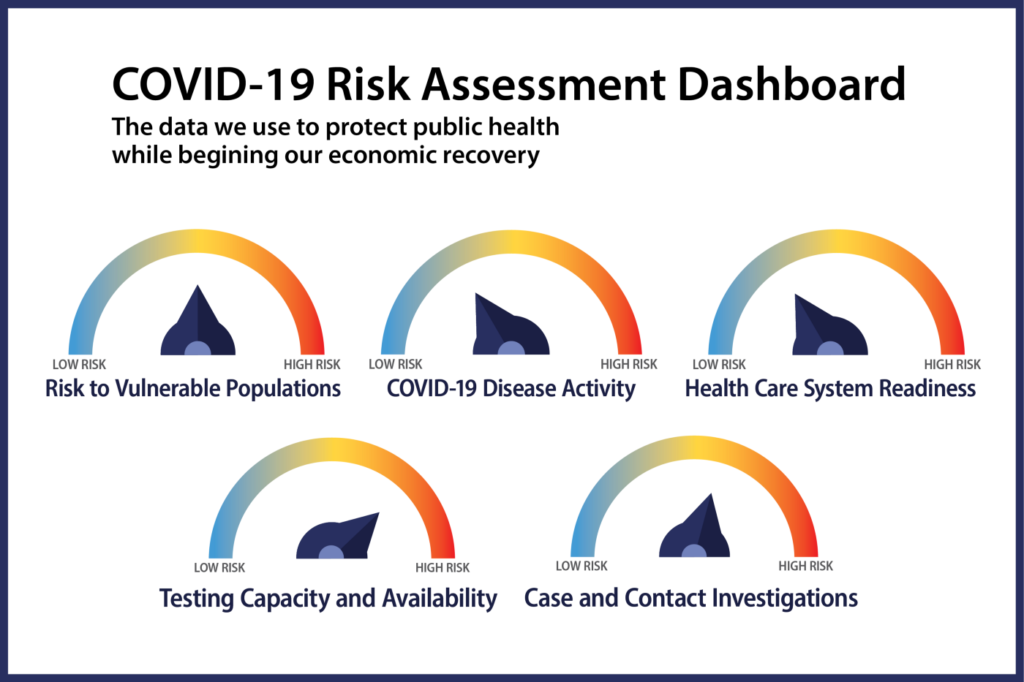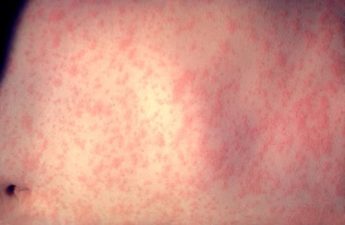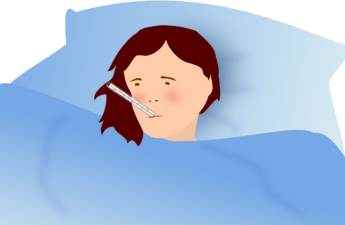A phased approach
Washington State Department of Health

The quickest way to reopen the economy and schools is to control the spread of COVID-19.
The governor has extended his Stay Home, Stay Healthy orderthrough May 31 and described a plan to reopen the state in four phases, while improving and closely monitoring the control of the virus.
- Phase 1 begins today, May 5, with the reopening of some recreational activities, including day use at state parks, playing golf, fishing, and hunting.
- Phase 2 will allow small gatherings of five or fewer people, new construction, and reopening of barber shops, salons, and pet care services.
- Phase 3 will allow gatherings of up to 50 people, including sports activities, and non-essential travel can resume.
- Phase 4 will involve resuming the majority of public interactions. Gatherings of more than 50 people will be allowed, but, until a vaccine is available, we will still need to stay at least six feet away from other people.
See a table describing the phases in more detail.
Moving from phase to phase
In determining whether it is time to move to the next phase, we will consider many data sources describing different aspects of how the COVID-19 pandemic is affecting people in Washington. How many people are getting sick? How many need to be hospitalized and how many die of COVID-19?
We anticipate that there will always be at least three weeks between phases so that we have time to collect and review the data to make sure we are not seeing an increase in the number of people impacted by the disease as we modify the restrictions.
In addition, in order to reopen more activities, the state must be able to accomplish these crucial capabilities:
Healthcare
Make sure the health care system is able to handle another surge of patients in case the virus again spreads rapidly through the population.
Testing
Increase the number of people who are tested for COVID-19.
Contact investigations
We need to be able to reach everyone who comes in contact with someone with COVID-19 to make sure they are tested and isolated.
Protect high-risk populations
High-risk populations include essential workers, people in long term care facilities, and people over age 65 and with underlying chronic illnesses.
And continue preventing the spread of COVID-19
In every phase, we must:
- Wash hands frequently with soap and water.
- Use hand sanitizer when soap and water are not available.
- Try not to touch your face.
- Stay home if you feel sick.
- Stay at least six feet away from other people.
We are opening the state as carefully and thoughtfully as we can, but there is no getting around the fact that this is risky business. If you are at risk of getting very sick if you get COVID-19 because you are over age 65 or have a chronic health condition, please stay home and avoid the newly opening opportunities for services and gatherings until Phase 4.
Differences among counties
Not every part of the state is experiencing the pandemic the same way. Some counties may be able to resume certain activities safely, while others remain at higher risk and need to continue stricter precautions. In any community where some restrictions are lifted, we will closely monitor the data around COVID-19 and will reinstate restrictions if occurrences of the virus increase.
Some counties could have fewer restrictions
Very small counties with low to no COVID-19 activity will be able to apply for a waiver from some of the restrictions.
Some counties could have more strict restrictions
Cities and jurisdictions can take more strict actions than what the state is mandating. That is up to them based on their public health needs and local decision making.
Remember, if you live in a county that is in Phase 1, all non-essential travel is restricted for you. This means you are not supposed to travel to a county with fewer restrictions to get your hair cut or take advantage of other services opening. Even if you feel healthy, traveling from a part of the state that is more populated and has more disease circulating means you risk bringing the virus with you.
Practice compassion
This is hard. We must help each other, and we must be resilient. Be patient and kind to one another. Reach out if you or someone you care about needs help. Offer help to those who need it, and accept it from those who offer.
More Information
Stay tuned to our blog for more information on how you can help stop the spread of COVID-19. Sign up to be notified whenever we post new articles.
Information in this blog changes rapidly. Check the state’s COVID-19 website for up-to-date and reliable info at coronavirus.wa.gov.
Answers to your questions or concerns about COVID-19 in Washington state may be found at our website. You can also contact our call center at
1–800–525–0127. Hours: 6 am-10 pm, seven days a week.


